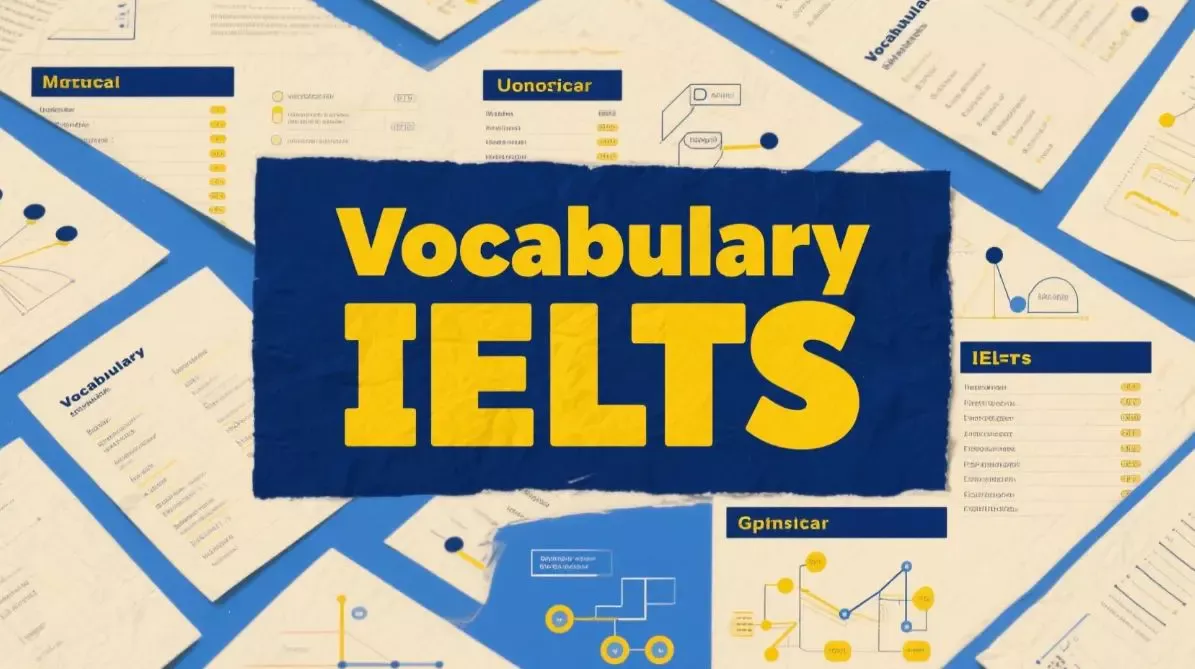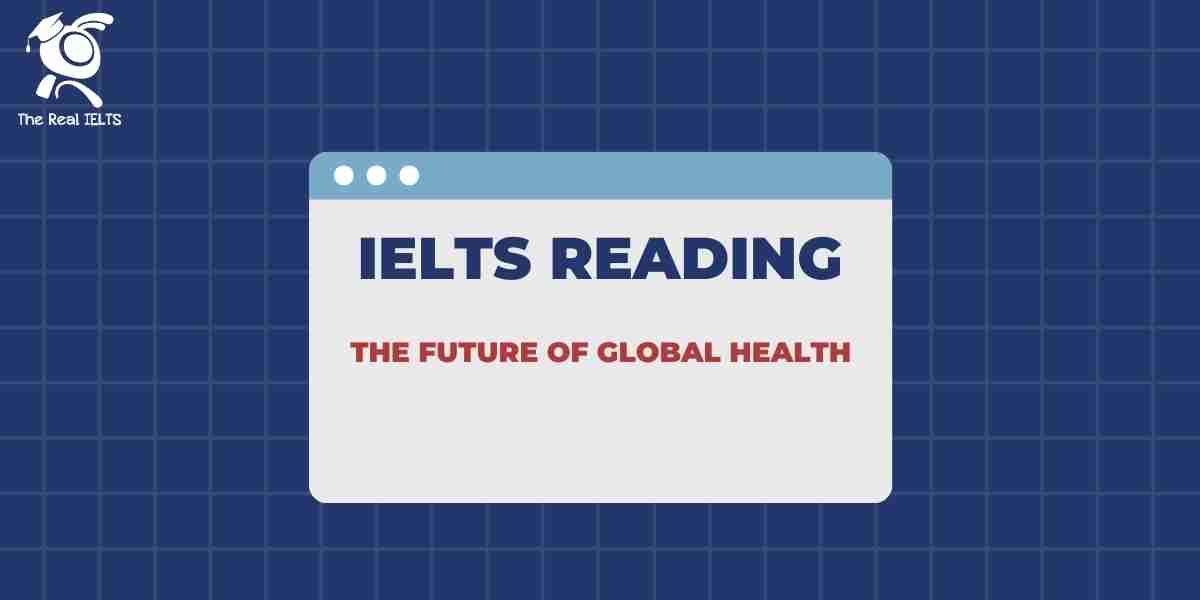Đề bài IELTS Writing task 2 dạng dạng Advantages and Disadvatages: Fast Food
You should spend about 40 minutes on this task
The popularity of fast food restaurants. Do the advantages of this outweigh the disadvantages?
Write at least 250 words.
Bài mẫu IELTS Writing Task 2 dạng Advantages and Disadvatages: Fast Food
Introduction
The rise in the popularity of fast food restaurants is a phenomenon observed worldwide. These establishments have become an integral part of modern life, offering quick, affordable meals to busy individuals. While fast food presents several advantages, such as convenience and cost-effectiveness, it also brings along significant disadvantages, particularly concerning health and societal impacts. This essay will discuss both sides of the argument, concluding that the disadvantages of fast food outweigh its benefits.
Body Paragraph 1: Advantages
One of the most significant advantages of fast food restaurants is the convenience they offer. In today’s fast-paced world, many people find it challenging to prepare meals at home due to their busy schedules. Fast food outlets provide a quick and easy solution, allowing individuals to grab a meal within minutes. For example, office workers on a tight lunch break can quickly purchase a meal from a nearby fast food restaurant and return to work without delay. This convenience is especially beneficial for those who do not have the time or resources to cook.
Another advantage is the affordability of fast food. These restaurants offer meals at relatively low prices, making them accessible to a wide range of customers. For instance, fast food chains often have value menus or promotions that allow customers to purchase meals for a few dollars. This affordability is particularly important for low-income individuals and families, who may rely on fast food as a cost-effective way to feed themselves.
Body Paragraph 2: Disadvantages
However, despite these benefits, fast food also has significant disadvantages, the most notable being its impact on health. Fast food is often high in calories, unhealthy fats, sugars, and sodium, which can contribute to various health problems such as obesity, heart disease, and diabetes. For example, regular consumption of fast food meals, which are typically low in nutritional value, has been linked to an increased risk of obesity in both adults and children. This growing health crisis is a direct consequence of the widespread availability and consumption of fast food.
Another disadvantage is the societal impact of fast food culture. The proliferation of fast food restaurants has contributed to the decline of traditional culinary practices and home-cooked meals. This shift not only affects family bonding, as meals are increasingly eaten on the go or in isolation, but also erodes cultural food heritage. In countries with rich culinary traditions, the dominance of fast food chains threatens to overshadow local cuisine, leading to a loss of cultural identity. For example, the spread of global fast food chains in developing countries has been associated with a decrease in the consumption of traditional foods, altering dietary habits and cultural practices.
Conclusion
In conclusion, while fast food restaurants offer undeniable advantages in terms of convenience and affordability, the disadvantages related to health and societal impacts are far more concerning. The health risks associated with frequent fast food consumption and the cultural erosion it causes suggest that the negative aspects outweigh the benefits. Therefore, it is essential for individuals and societies to consider these drawbacks and make informed choices about their food consumption.
Thống kê cấu trúc câu và cấu trúc ngữ pháp
1. Cấu trúc câu:
- Câu đơn (Simple sentences):
- “The rise in the popularity of fast food restaurants is a phenomenon observed worldwide.”
- “Fast food outlets provide a quick and easy solution, allowing individuals to grab a meal within minutes.”
- “This convenience is especially beneficial for those who do not have the time or resources to cook.”
- Câu ghép (Compound sentences):
- “These establishments have become an integral part of modern life, offering quick, affordable meals to busy individuals.”
- “This shift not only affects family bonding, as meals are increasingly eaten on the go or in isolation, but also erodes cultural food heritage.”
- Câu phức (Complex sentences):
- “While fast food presents several advantages, such as convenience and cost-effectiveness, it also brings along significant disadvantages, particularly concerning health and societal impacts.”
- “In today’s fast-paced world, many people find it challenging to prepare meals at home due to their busy schedules.”
- “For example, regular consumption of fast food meals, which are typically low in nutritional value, has been linked to an increased risk of obesity in both adults and children.”
- “This growing health crisis is a direct consequence of the widespread availability and consumption of fast food.”
- Câu ghép phức (Compound-complex sentences):
- “In conclusion, while fast food restaurants offer undeniable advantages in terms of convenience and affordability, the disadvantages related to health and societal impacts are far more concerning.”
2. Cấu trúc ngữ pháp:
- Câu bị động (Passive voice):
- “The rise in the popularity of fast food restaurants is a phenomenon observed worldwide.”
- “This growing health crisis is a direct consequence of the widespread availability and consumption of fast food.”
- Mệnh đề quan hệ (Relative clauses):
- “Fast food is often high in calories, unhealthy fats, sugars, and sodium, which can contribute to various health problems such as obesity, heart disease, and diabetes.”
- “For example, regular consumption of fast food meals, which are typically low in nutritional value, has been linked to an increased risk of obesity in both adults and children.”
- Mệnh đề trạng ngữ chỉ thời gian (Adverbial clauses of time):
- “In today’s fast-paced world, many people find it challenging to prepare meals at home due to their busy schedules.”
- Mệnh đề trạng ngữ chỉ lý do (Adverbial clauses of reason):
- “Fast food outlets provide a quick and easy solution, allowing individuals to grab a meal within minutes.”
- Mệnh đề trạng ngữ chỉ sự nhượng bộ (Adverbial clauses of concession):
- “While fast food presents several advantages, such as convenience and cost-effectiveness, it also brings along significant disadvantages, particularly concerning health and societal impacts.”
- Cụm danh từ (Noun phrases):
- “The proliferation of fast food restaurants”
- “The health risks associated with frequent fast food consumption”
- Cụm động từ (Verb phrases):
- “offer undeniable advantages”
- “make informed choices”
Các từ vựng tiếng Anh cần lưu ý trong bài viết
1. Popularity (n.)
- Nghĩa: Sự phổ biến, sự ưa chuộng.
- Sử dụng: Từ này được dùng để nói về mức độ phổ biến hoặc được nhiều người biết đến và yêu thích của một điều gì đó, như trong cụm “the popularity of fast food restaurants.”
2. Integral (adj.)
- Nghĩa: Cần thiết, không thể thiếu.
- Sử dụng: Dùng để mô tả một phần không thể thiếu hoặc rất quan trọng trong một tổng thể, như trong cụm “an integral part of modern life.”
3. Convenience (n.)
- Nghĩa: Sự tiện lợi, sự thuận tiện.
- Sử dụng: Từ này chỉ sự dễ dàng và thuận tiện, đặc biệt là trong cuộc sống hàng ngày, như trong cụm “the convenience they offer.”
4. Cost-effectiveness (n.)
- Nghĩa: Tính hiệu quả về chi phí.
- Sử dụng: Từ này được dùng để chỉ việc đạt được hiệu quả cao với chi phí thấp, như trong cụm “such as convenience and cost-effectiveness.”
5. Nutritional value (n.)
- Nghĩa: Giá trị dinh dưỡng.
- Sử dụng: Từ này dùng để chỉ mức độ dinh dưỡng có trong thực phẩm, như trong cụm “fast food meals, which are typically low in nutritional value.”
6. Proliferation (n.)
- Nghĩa: Sự gia tăng nhanh chóng.
- Sử dụng: Từ này mô tả sự gia tăng nhanh chóng về số lượng hoặc sự phát triển, như trong cụm “The proliferation of fast food restaurants.”
7. Culinary (adj.)
- Nghĩa: Thuộc về nấu nướng hoặc ẩm thực.
- Sử dụng: Từ này liên quan đến nghệ thuật hoặc hoạt động nấu nướng, như trong cụm “culinary practices.”
8. Cultural heritage (n.)
- Nghĩa: Di sản văn hóa.
- Sử dụng: Từ này đề cập đến các giá trị văn hóa và truyền thống được truyền lại qua các thế hệ, như trong cụm “cultural food heritage.”
9. Erode (v.)
- Nghĩa: Làm suy yếu dần, làm mất đi dần.
- Sử dụng: Từ này chỉ sự phá hủy hoặc làm mất đi dần dần, như trong cụm “erodes cultural food heritage.”
10. Consequences (n.)
Nghĩa: Hậu quả, kết quả.
Sử dụng: Từ này được dùng để nói về các kết quả hoặc ảnh hưởng, đặc biệt là những hậu quả không mong muốn, như trong cụm "This growing health crisis is a direct consequence of..."
11. Consumption (n.)
Nghĩa: Sự tiêu thụ.
Sử dụng: Từ này liên quan đến việc sử dụng hoặc tiêu thụ thứ gì đó, đặc biệt là thực phẩm hoặc tài nguyên, như trong cụm "the widespread availability and consumption of fast food."
12. Cultural identity (n.)
Nghĩa: Bản sắc văn hóa.
Sử dụng: Từ này dùng để chỉ những đặc điểm văn hóa riêng biệt của một nhóm người hoặc xã hội, như trong cụm "leading to a loss of cultural identity."
13. Informed choices (n.)
Nghĩa: Những lựa chọn có suy nghĩ, cân nhắc kỹ lưỡng.
Sử dụng: Từ này ám chỉ việc đưa ra quyết định dựa trên thông tin đầy đủ và sự cân nhắc, như trong câu "make informed choices about their food consumption."Đọc thêm về bài viết gợi ý luyện thi IELTS.















